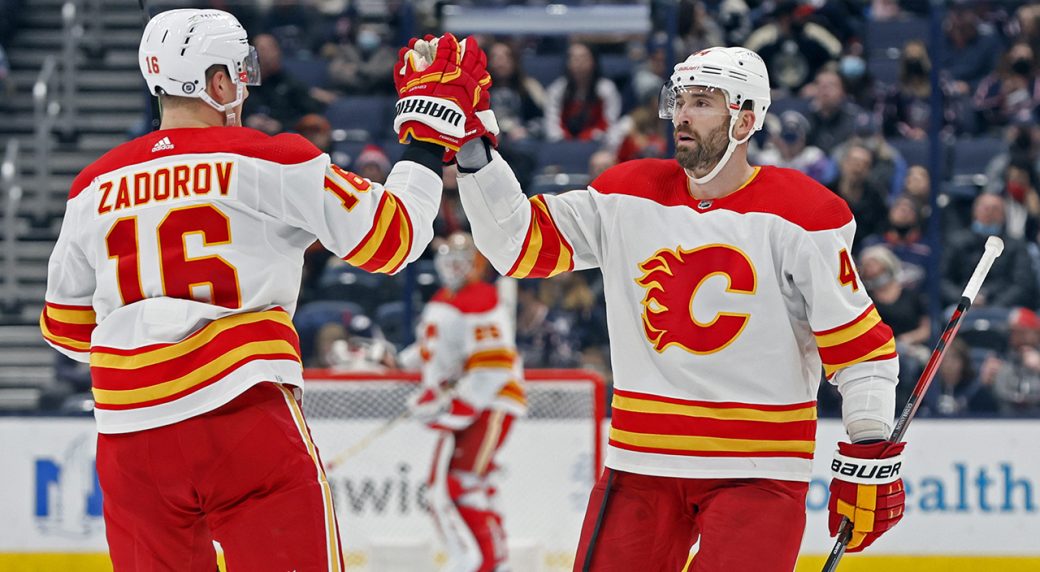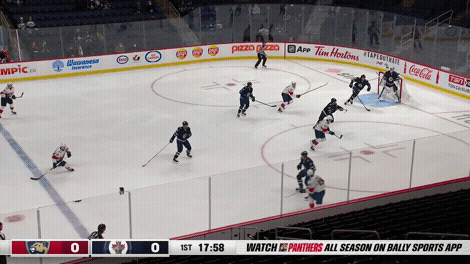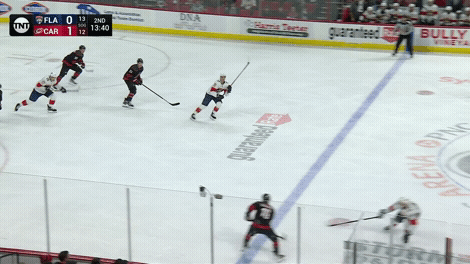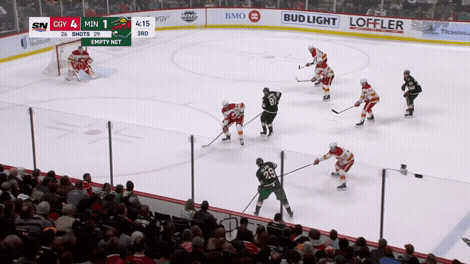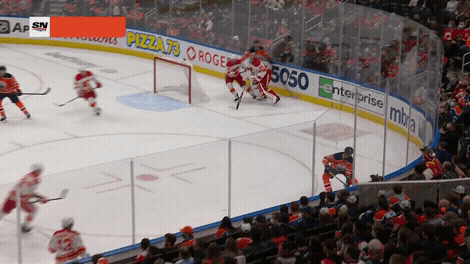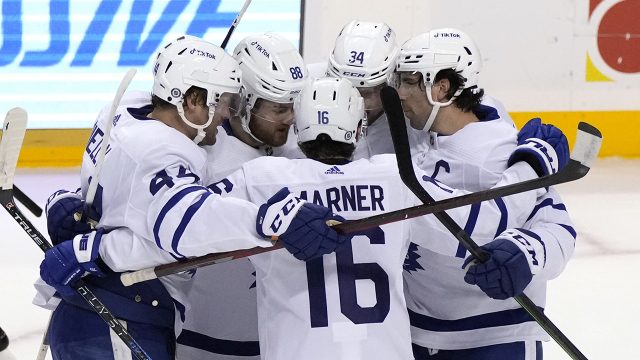It’s always exciting to see big names moved at the NHL trade deadline. When a team like Minnesota adds a player like Marc-Andre Fleury it is telling their team, and fan base, they believe in the group and forecast a chance to go on a deep run in playoffs.
Other names don’t get the same amount of attention. They don’t “move the needle” as much from the outside looking in. But aside from adding the biggest names, trading is also about team building and what GMs and coaches believe their roster requires to help them win during the most challenging part of the season.
Players like Jacob Middleton or Nic Deslauriers (both also acquired by Minnesota) might not seem as important as adding Fleury. But they are important. And the internal process of adding these players is multi-layered.
Before I go any further consider this list of players:
Patrick Maroon, David Savard, Barclay Goodrow, Devante Smith-Pelley, Andrew Ladd, John Madden, Troy Brouwer, Michal Handzus, Colton Parayko, Nick Bortuzzo, Matt Greene, Ron Hainsey.
What do these players have in common? They are all Stanley Cup champions and contributed, in whatever role they played, to the team's success.
My friends in the analytics community would agree that not all of these kinds of players fit their mold. Some of them would be considered outliers within their models, or maybe not even desirable.
Conversely, these are the kinds of players found through more traditional scouting methods in person, on the ground. And they can provide value for you in the playoffs.
Before anyone responds to this column arguing analytics over traditional scouting let me be clear: I value gathering as much information as possible and so do all NHL GMs.
The process of building a championship-calibre roster is fluid. It never really ends. You have the entry draft, free agency, trades, and of course salary cap management all factoring into the “plan”. And a lot of people contribute along the way. Pro and Amateur scouting staffs are involved, and the analytics department provides data and opinion. The player development staff will chime in on where they see certain internal prospects heading and if they can contribute at the NHL level in the future.
As recently as a few years ago I was the Director of Amateur Scouting in Florida. Dale Tallon was our GM. Al Tuer was the Director of Pro Scouting. Bryan McCabe (who is still with the Panthers) was our Director of Player Personnel and Player Development.
At one point, Dale wanted to add “more muscle” to our forward group. He tasked the staff to search for a player who could contribute in his own way. He was looking for a player who could lean on opponents, create space, draw penalties, and didn’t shy away when the going got tough.
Pete Mahovlich, an advisor, had a guy in mind from his territory and Al agreed he fit the description of the player Dale was looking to add.
So, we found a trade:
To Toronto: Denis Malgin
To Florida: Mason Marchment
Marchment has delivered much more than expected at the time of the deal. The added layer of offence that he now brings to the Panthers is a bonus. Here are examples of some of his work:
In the first clip he forechecks with a purpose, bodies a defender off the play, then goes to the net for a nifty tip goal.
The second clip shows an element that we identified had value and would fit what our GM was asking for. Here, Marchment demonstrates his open ice physical dimension. He catches Vincent Trocheck in the middle of the ice.
This past off-season the Calgary Flames added some muscle to their group on the back end and Brad Treliving and his staff have done a wonderful job of building the current edition of the Flames. The coach, Darryl Sutter, wants a certain type of player and expects character people on his team.
It could be argued that the additions of Nikita Zadorov (trade with Chicago) and Erik Gudbranson (FA signing) came with significant risk. Possibly as much risk as potential reward.
Fast forward to today, though, and both of those players have contributed mightily and provide the Flames with the kind of depth required come playoff time. The 82-game regular season grind is one thing, but after getting through that does anyone really want to battle these two giants over a seven-game series? It’s going to take a massive commitment physically for whoever matches up against Gudbranson (6-foot-5, 222 pounds) and Zadorov (6-foot-6, 220 pounds). They aren't the biggest names or most important players, but are a couple of depth adds who play the game a certain way -- and everyone on the ice gains three inches and 20 pounds knowing these guys have their back.
The playoffs are a different kind of grind that can wear you down.
Tampa Bay has won back-to-back Stanley Cups, which is obviously a truly incredible accomplishment with the amount of parity in the league today. Over those two seasons they added some key role players to their roster in David Savard, Blake Coleman and Barclay Goodrow. All three provided a piece to the puzzle.
Fast forward to this year and the Lightning no longer have any of them. The entire third line was notably different. So, at the most recent trade deadline, the Lightning added Brandon Hagel and Nick Paul to their group. They clearly have a “plan” and vision of what kind of player(s) it takes to win at the most difficult time of the year. Again, not in top roles, but something specific deeper in the lineup.
The moral of the story is this: Every department of the organization has “skin in the game”. They all have opinions. They all have a vision of what makes sense to them. And the bottom line is that these types of players, the “heavy lifters” who sacrifice their bodies to block shots with the game on the line, who maybe don't get noticed as often in regular season, increase their value exponentially come playoffs.
The regular season is historically a track meet and we've seen a ton of goals around the league in recent days and weeks.
But it will be interesting to see how teams inevitably adjust to more of a hard area/hash marks down game in the coming weeks and months, and which depth "muscle" players will rise to the occasion this time.
